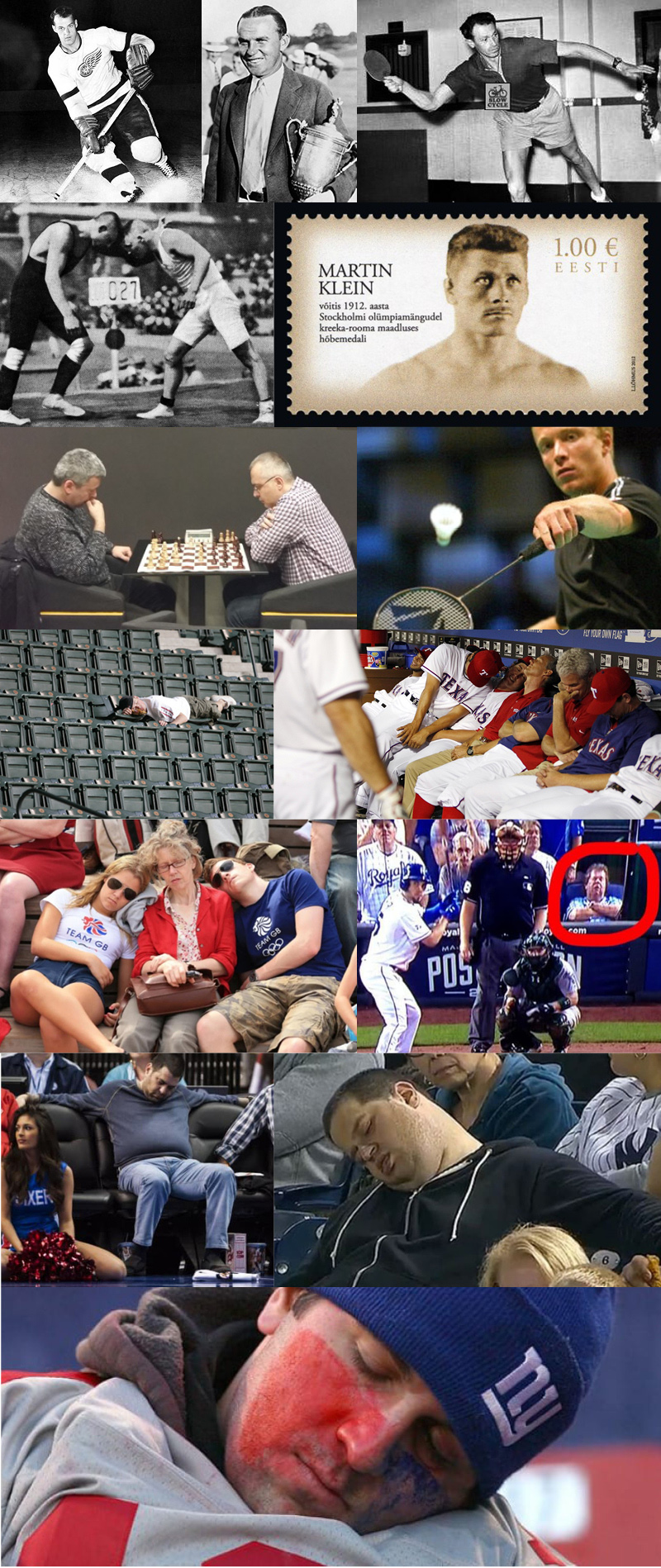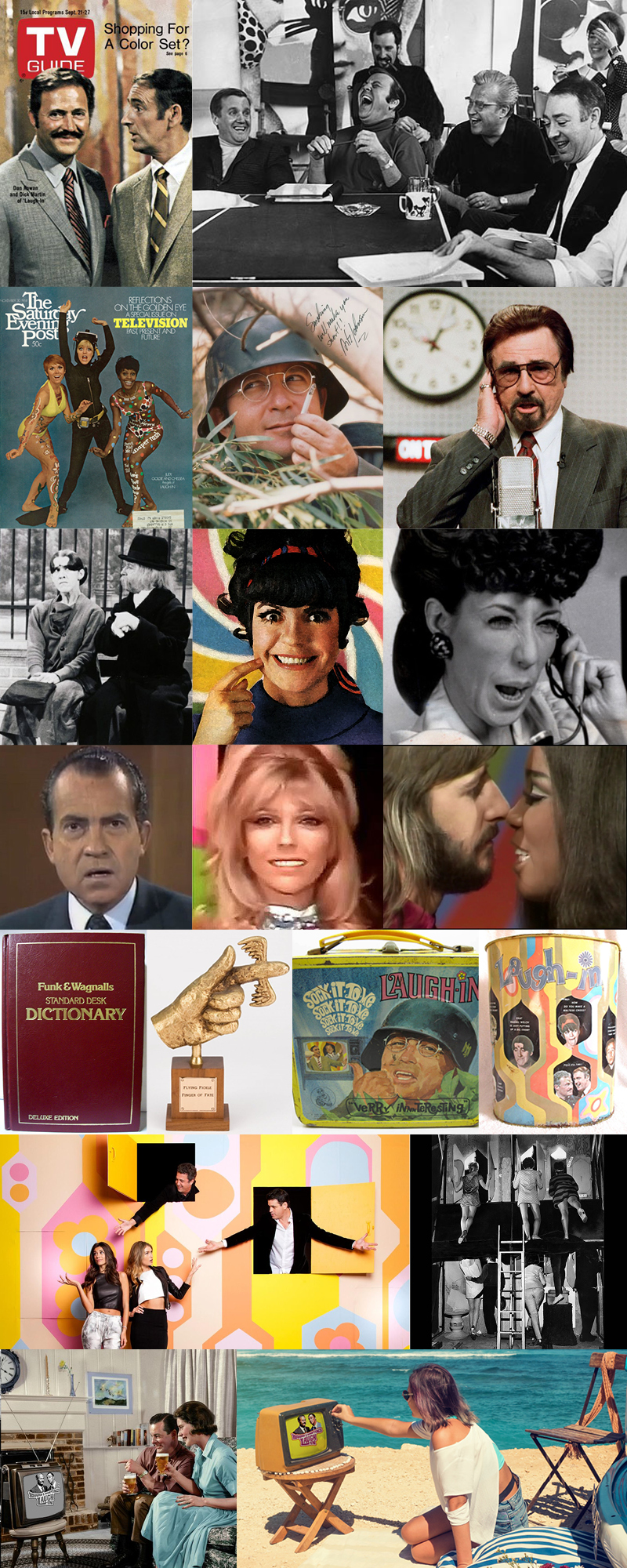
(top row) Number one in 1968 making the cover of TV Guide; The writing session with founding writer Digby Wolfe at far left. Can you imagine this being your job?? (row two) Cast members Judy Carne, Goldie Hawn and Chelsea Brown on the Nov. 30, 1968 cover of Saturday Evening Post (50 cents, by the way); An Arte Johnson publicity photo. His inscription on this one reads: “Smoking will make you short!!”; The announcer, Gary Owens. (row three) Ruth Buzzy as Gladys and Arte Johnson as the dirty old man; Joanne Worley in 1969; Lily Tomlin as Ernestine. (row four) Many, many guest stars made cameo appearances including Richard Nixon while running for president, Nancy Sinatra (not running for president) and Ringo Starr who’s scene with Teresa Graves caused NBC affiliates in 7 states to “experience technical difficulties.” (row five) Everyone had to have a copy of the Funk & Wagnalls dictionary; The Flying Fickle Finger of Fate Award; A Laugh-In lunch box and waste basket. (row six) The “Joke Wall” front; And the “Joke Wall” backside. (row seven) Nobody wanted to miss Laugh-In. Not even at a beach vacation. That’s what they did before streaming video.
Some Video Links to Occupy the Rest of Your Afternoon:
Goldie Hawn Explains Taxes
Sock It To Me Time
Gladys Asks Raquel Welch For Glamour Tips
Edith Ann Wants Tonsils Out
Writing a fun and thought-provoking blog is really something each week. I love to scour the news, look at calendars and history, poke around recipes, check the news wire and see what might make you ponder or just smile. This week, I hit upon some history trivia that made me laugh out loud, and took me way, way back to my early childhood, namely the show we all remember as Laugh-In, which aired for the first time 50 years ago this week – yikes! It totally changed the future of television, with so many offshoots to come afterwards. I remember my younger brothers and sisters watching it with me a few years after its debut and in reruns, so many lines and characters come to mind – (one of my favorites was Arte Johnson on his tricycle in a rain coat). I went to one of my amazing reference centers (Wikipedia) and found some tidbits for you to reminisce. After reading, be sure to click all the links, and enjoy some great comedy sketches. Enjoy, and thanks Wikipedia and YouTube for the references.
Rowan & Martin’s Laugh-In is an American sketch comedy television program that ran for 140 episodes from January 22, 1968, to March 12, 1973, on the NBC television network. It was hosted by comedians Dan Rowan and Dick Martin.
It originally aired as a one-time special in 1967, and was such a success that NBC brought it was brought back as a series, replacing The Man from U.N.C.L.E. (now that was a great show!! I loved the gadgets! – email me if you know what U.N.C.L.E. stood for, or if you know Illya Kuryakin’s real name).
The title of the show was a play on the “love-ins” or “be-ins” of the 1960s hippie culture, terms that were, in turn, derived from “sit-ins”, common in protests associated with civil rights and antiwar demonstrations of the time.
The show was characterized by a rapid-fire series of gags and sketches, many of which conveyed sexual innuendo or were politically charged. The co-hosts continued the exasperated straight man (Rowan) and “dumb” guy (Martin) act, which they had established as nightclub comics
Stars on the show at various times included announcer Gary Owens, Goldie Hawn, Arte Johnson, Richard Pryor, Ruth Buzzi, Judy Carne, Jo Anne Worley, Henry Gibson, Alan Sues, Lily Tomlin, Teresa Graves, Larry Hovis, Chelsea Brown, Sarah Kennedy, Jeremy Lloyd, Dave Madden, Pigmeat Markham, Pamela Rodgers, Jud Strunk, Richard Dawson, Moosie Drier, Barbara Sharma, and Johnny Brown. Of over three dozen entertainers to join the cast, only Rowan, Martin, Owens, and Buzzi were there from beginning to end.
Each show started with a short dialogue between Rowan and Martin. Shortly afterward, Rowan would intone: “C’mon Dick, let’s go to the party”. This live to tape segment comprised all cast members and occasional surprise celebrities dancing before a 1960s “mod” party backdrop, delivering one-and two-line jokes interspersed with a few bars of dance music. The show then proceeded through rapid-fire comedy bits, taped segments, and recurring sketches.
At the end of every show, Rowan turned to his co-host and said, “Say good night, Dick”, to which Martin replied, “Good night, Dick!”. The show then featured cast members’ opening panels in a psychedelically painted “joke wall” and telling jokes. As the show drew to a close and the applause died, executive producer George Schlatter’s solitary clapping continued even as the screen turned blank and the production logo, network chimes, and NBC logo appeared.
The show often featured guest stars. Sometimes, the guest had a prominent spot in the program, at other times the guest would pop in for short “quickies” (one- or two-line jokes) interspersed throughout the show – as was done most famously by Richard Nixon, when running for president.
Catchphrases you’ll likely remember…
- “Look that up in your Funk and Wagnalls!
- “You bet your sweet bippy!”
- “Beautiful downtown Burbank”
- “One ringy-dingy … two ringy-dingies …”
- “A gracious good afternoon. This is Miss Tomlin of the telephone company. Have I reached the party to whom I am speaking?”
- “I just wanna swing!”
- “Is that a chicken joke?”
- “Sock it to me!”
- “Blow in my ear and I’ll follow you anywhere.”
- “Now, that’s a no-no!”
- “Morgul the Friendly Drelb”
- “Want a Walnetto?”.
- “Here come da Judge”
- “Verrry Interesting”
- “And that’s the truth – PFFFFT!”
- “Say Good Night Dick – Good Night Dick”
Now, close your eyes, and see if you can remember these skits:
- “Sock it to me“; Judy Carne was often tricked into saying the phrase (“It may be rice wine to you, but it’s still sake to me!”), which almost invariably led to her (and other cast members) falling through a trap door, being doused with water, or playfully assaulted in various other manners.
- “The Party“, in which Dan would invite the audience to a wild party attended by the regulars and the guest stars. The orchestra would play a few bars of a dance song, only to temporarily stop while the cast and guests would exchange one-liners.
- “The Joke-Wall“, near the end of every episode, the regulars along with the guests would poke out of shuttered windows (or through holes in the floor) in a psychedelically-designed wall and exchange one-liners.
- “Mod, Mod World” comprised brief sketches on a theme interspersed with film footage of female cast members go-go dancing in bikinis, their bodies painted with punchy phrases and clever wordplay.
- “The Farkel Family“, a couple with numerous children, all of whom had bright red hair and large freckles similar to their “good friend and trusty neighbor” Ferd Berfel (Dick Martin). The sketch employed diversion humor, the writing paying more attention to the lines said by each player, using alliterative tongue-twisters (“That’s a fine-looking Farkel flinger you found there, Frank”).
- “The Judge“, originally portrayed by British comic Roddy Maude-Roxby, was a stuffy magistrate with a black robe and oversized judge’s wig. Each sketch featured the unnamed judge bantering with a defendant brought before the court. For a time guest star Flip Wilson would introduce the sketch saying “Here come da judge!”, which was a venerable catchphrase by nightclub comedian Pigmeat Markham.
- “Laugh-In Looks at the News“, a parody of network newscasts, introduced by the female cast members in a highly un-journalistic production number. The sketch itself featured Dick humorously reporting on current events, which then segued into Dan reporting on “News of the Past” and “News of the Future”. “SNL” has nothing on these guys!
- “New Talent Time” introduced oddball variety acts, most notably of which was Tin Pan Alley musician Tiny Tim. Laugh-In writer Chris Bearde took the “New Talent” concept and later developed it into The Gong Show.
- “The Flying Fickle Finger of Fate Award” sardonically recognized actual dubious achievements by public individuals or institutions, the most frequent recipients being members or branches of the government. The trophy was a gilded left hand mounted on a trophy base with its extended index finger adorned with two small wings.
- “The Wonderful World of Whoopee Award” was a counterpart to the “Flying Fickle Finger of Fate Award”, described by Rowan as a citation “for the little man who manages to outfight or outfox the bureaucracy”; the statue was similar to the Finger of Fate, only it was a right hand (without wings on the index finger) pointing straight up, and with a hidden mechanism that when activated caused the finger to wave in a circular motion.
Now, see if you remember these characters:
- Dan Rowan – in addition to hosting, appears as a character known as General Bull Right, a far-right-wing representative of the military establishment and outlet for political humor.
- Announcer Gary Owens standing in an old-time radio studio with his hand cupped over his ear, making announcements, often with little relation to the rest of the show, such as (in an overly-dramatic voice), “Earlier that evening …”
- Arte Johnson as: – Wolfgang the German soldier – Wolfgang would often peer out from behind a potted palm and comment on the previous gag saying “Verrry interesting”, sometimes with comments such as “… but shtupid!”
- – Tyrone F. Horneigh (pronounced “hor-NIGH”, presumably to satisfy the censors) was a dirty old man coming on to Gladys Ormphby (Ruth Buzzi) seated on a park bench, who almost invariably clobbers him with her purse.
- – Piotr Rosmenko, the Eastern European Man, stands stiffly and nervously in an ill-fitting suit while commenting on differences between America and “the old country”, such as “Here in America, is very good, everyone watch television. In old country, television watches you!” This type of joke has come to be known as the Russian reversal.
- – Rabbi Shankar (a pun on Ravi Shankar) was an Indian guru who dresses in a Nehru jacket dispensing pseudomystical Eastern wisdom laden with bad puns. He held up two fingers in a peace sign whenever he spoke.
- – An unnamed character in yellow raincoat and hat, riding a tricycle and then falling over, was frequently used between sketches. The character was portrayed by many members in the cast including Johnson.
- Ruth Buzzi as:
- – Gladys Ormphby – A drab, relatively young spinster, she is the eternal target of Arte Johnson’s Tyrone. She typically hit people repeatedly with her purse.
- – Doris Swizzle – A seedy barfly, she is paired with her husband, Leonard Swizzle, played by Dick Martin.
- – Busy Buzzi – A cold and heartless old-style Hedda Hopper-type Hollywood gossip columnist
- Henry Gibson as:
- – The Poet held an oversized flower and nervously read offbeat poems. He pronounced his name “Henrik Ibsen”.
- – The Parson – A character who makes ecclesiastical quips, in 1970, he officiated at a near-marriage for Tyrone and Gladys.
- Goldie Hawn as:
- – the giggling “dumb blonde”, stumbling over her lines, especially when she introduced Dan’s “News of the Future”. In the earliest episodes, she recited her dialogue sensibly and in her own voice, but as the series progressed, she adopted a Dumb Dora character with a higher-pitched giggle and a vacant expression, which endeared her to viewers.
- Lily Tomlin as:
- – Ernestine/Miss Tomlin – An obnoxious telephone operator, she has no concern for her customers. Tomlin later performed Ernestine on Saturday Night Live and Happy New Year, America.
- – Edith Ann – A 5 1⁄2-year-old child, she ends each of her short monologues with: “And that’s the truth”, followed by “Pbbbt!”. Tomlin performs her skits in an oversized rocking chair that makes her appear small.
- – Mrs. Earbore (the “Tasteful Lady”) – A prim society matron, Mrs. Earbore expressed quiet disapproval about a tasteless joke or remark, and then rose from her chair with her legs spread, and sometimes got doused with a bucket of water.
- – Dotty – A crass, and rude grocery checker who tended to annoy her customers at the store she worked at.
- – Lula – A loud and boisterous woman with a Marie Antoinette hair-do who always loved a party.
- – Suzie Sorority of the Silent Majority – clueless hippie college student who ended each bit with “Rah!”
- – Fast Talker – A steady stream of broken, incomprehensive, non-pause monologue by Tomlin.
- Judy Carne as:
- – Mrs. Robot in “Robot Theater” – A female companion to Arte Johnson’s “Mr. Robot”, both are equally inept and a satire of Shields and Yarnell (popular mimes of the period) who performed a routine as a robotic couple called “The Clinkers” & the talking Judy Doll – She is usually played with by Arte Johnson, who never heeded her warning: “Touch my little body, and I hit!”
- – The Sock-it-to-me girl in which she would end up being splashed with water and/or falling through a trap door.
- Jo Anne Worley as:
- – sometimes sings off-the-wall songs using her loud operatic voice, but is better remembered for her mock outrage at “chicken jokes” and her melodic outcry of “Bo-ring!”. At the cocktail parties, she would talk about her never-seen boyfriend/husband “Boris”.
- Alan Sues:
- – Big Al – A clueless and fey sports anchor, he loves ringing his “Featurette” bell, which he calls his “tinkle”.
- – Uncle Al, the Kiddies’ Pal – A short-tempered host of a children’s show, he usually goes on the air with a hangover: “Oh, kiddies, Uncle Al had a lot of medicine last night.” Whenever he got really agitated, he would yell to “Get Miss Twinkle on the phone!”
- – Boomer – A self-absorbed “jock” bragging about his athletic exploits
- – Ambiguously gay saloon patron – while the tough guys ordered whiskey, he would saunter up to the bar and effeminately say “I’ll have a frozen daquiri!”
- Richard Dawson appears as Hawkins the Butler, who always started his piece by asking “Permission to …?” and proceeded to fall over.
- Flip Wilson would appear as his character “Geraldine”, originating the catchphrases “What you see is what you get” and “The devil made me do it”.
The show won dozens of awards – seven Emmies, two Golden Globes and was the number one show on TV in ’68 and ’69.


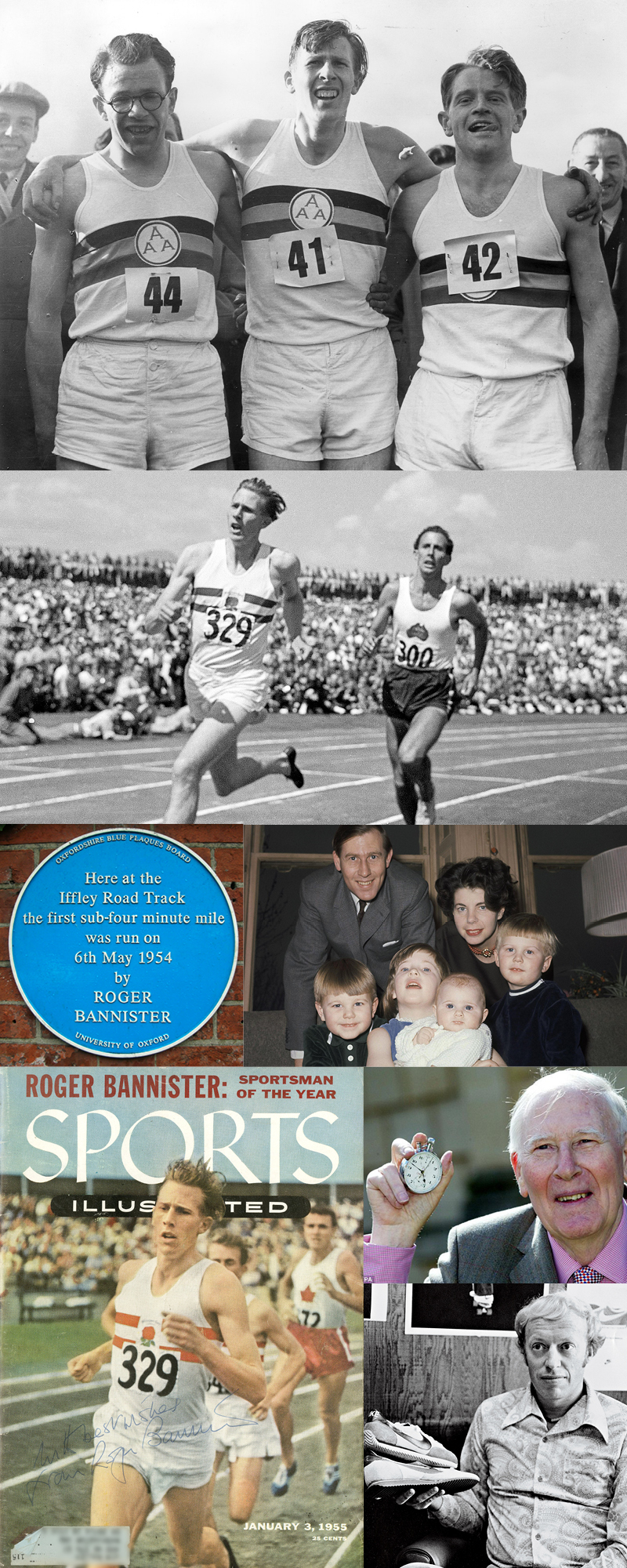
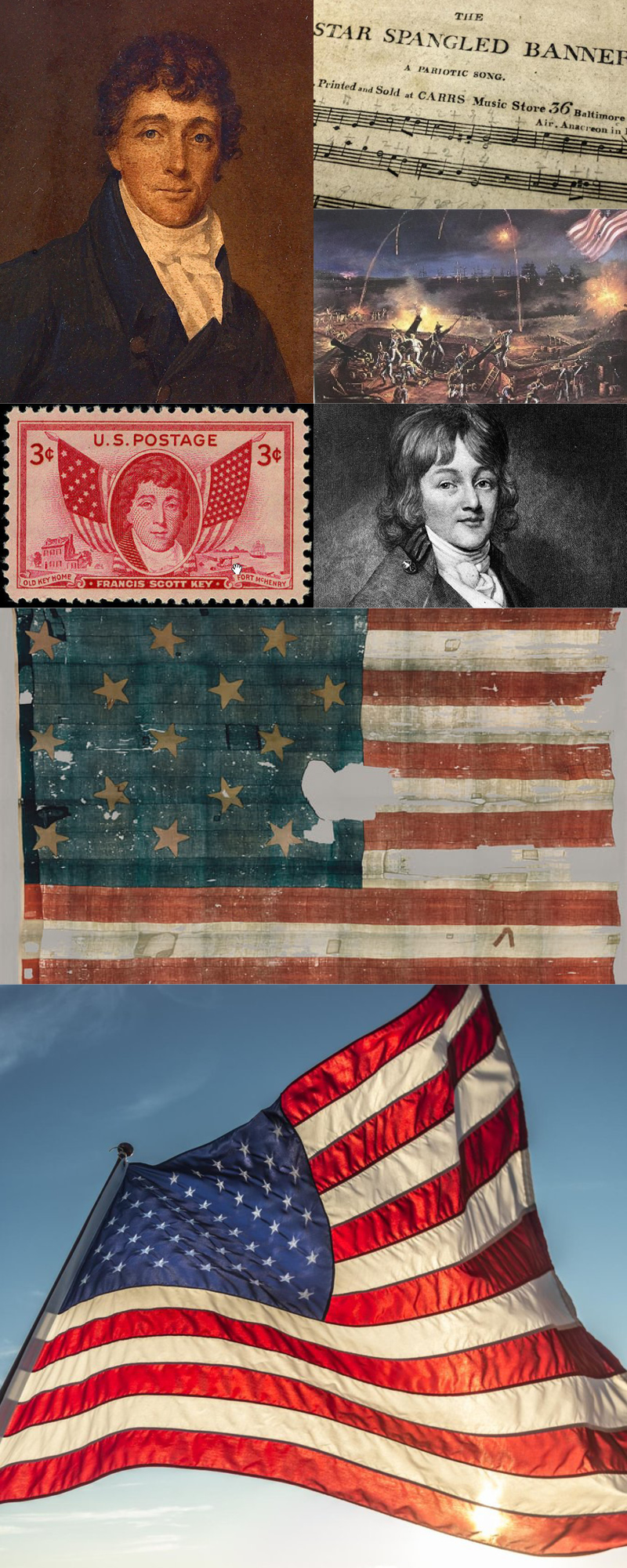


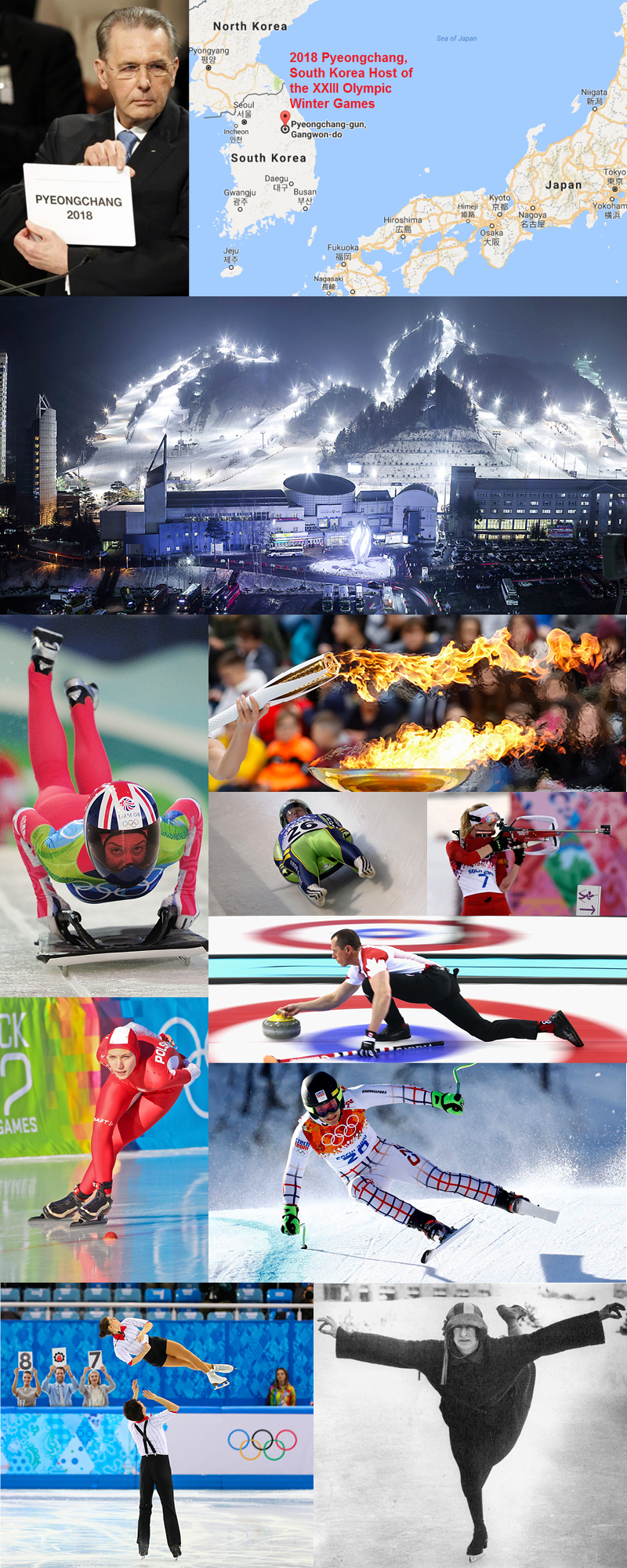
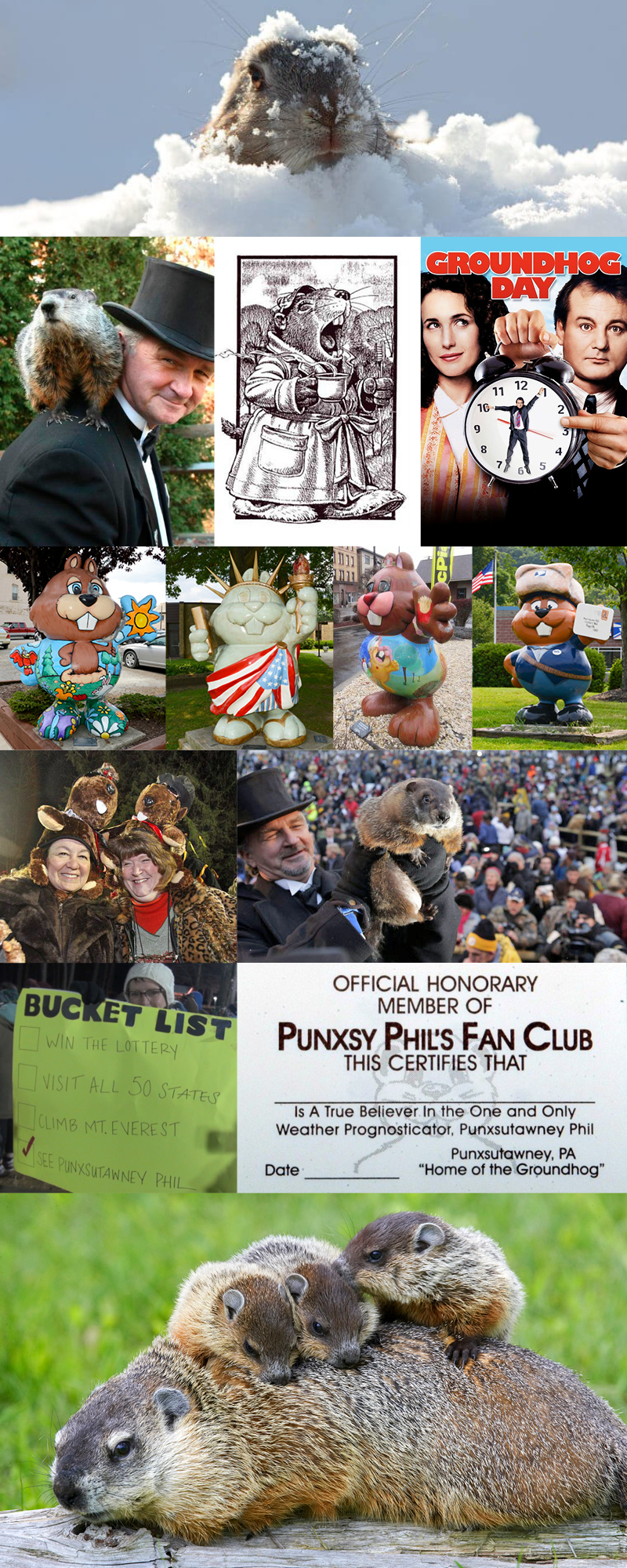

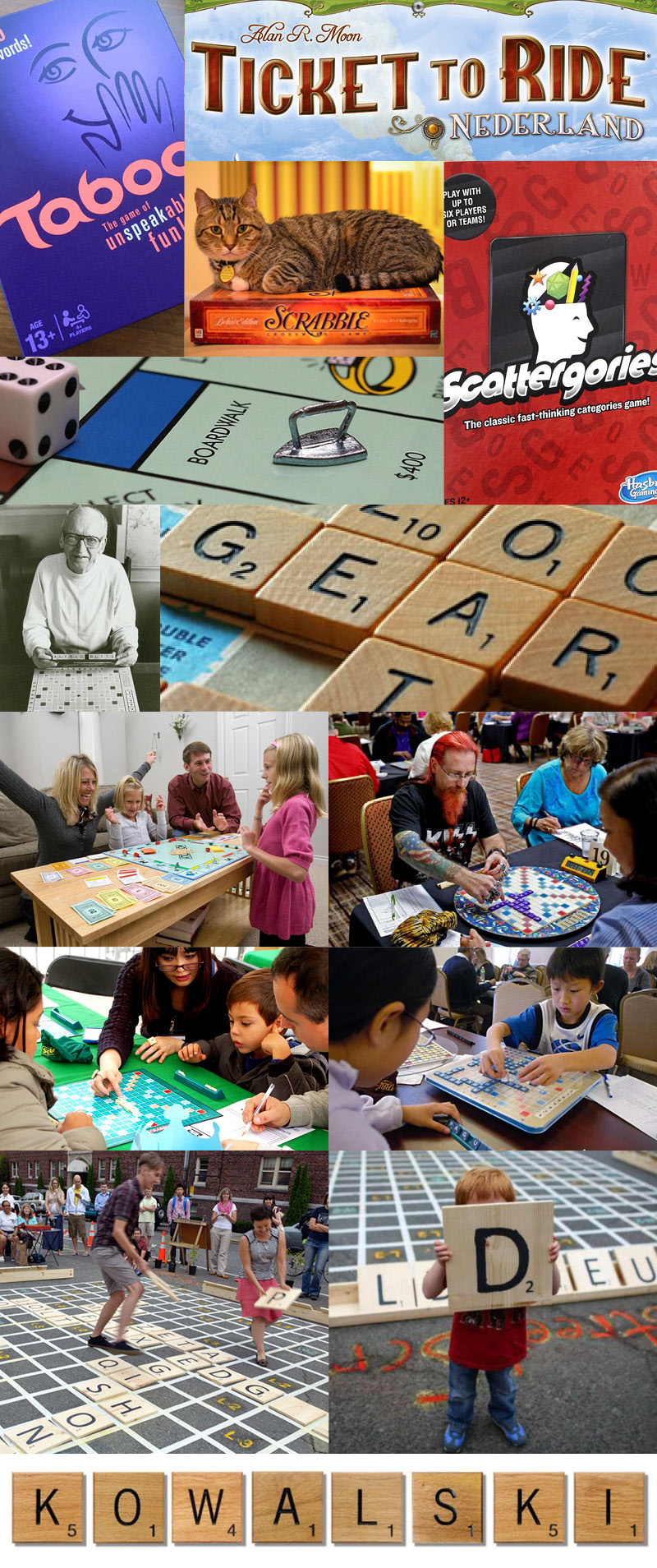 (top five images) The board games my family love to play. (next row) The inventor of Scrabble,
(top five images) The board games my family love to play. (next row) The inventor of Scrabble, 